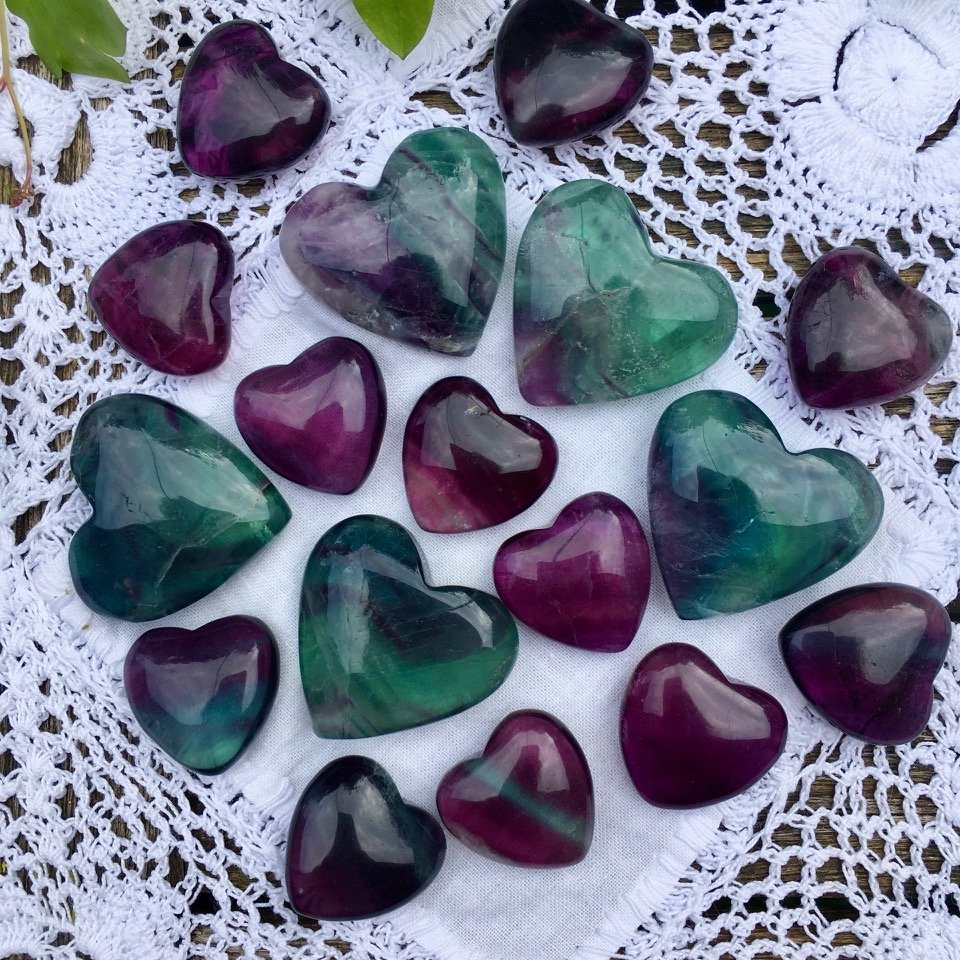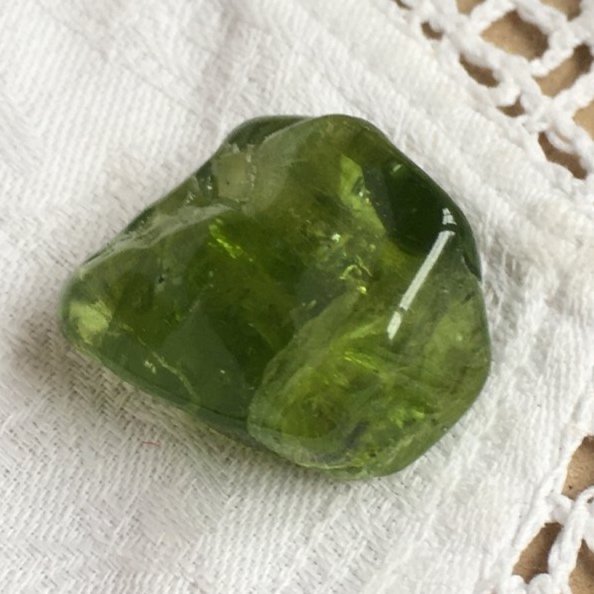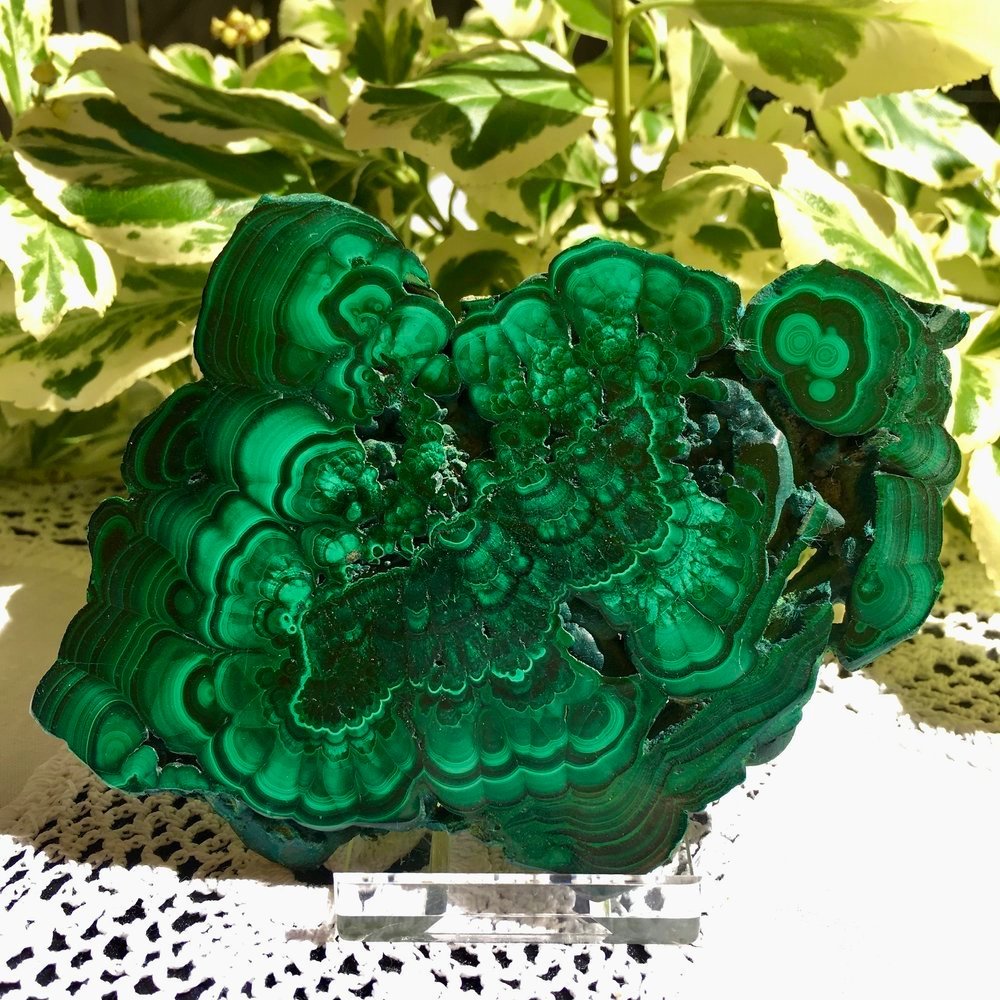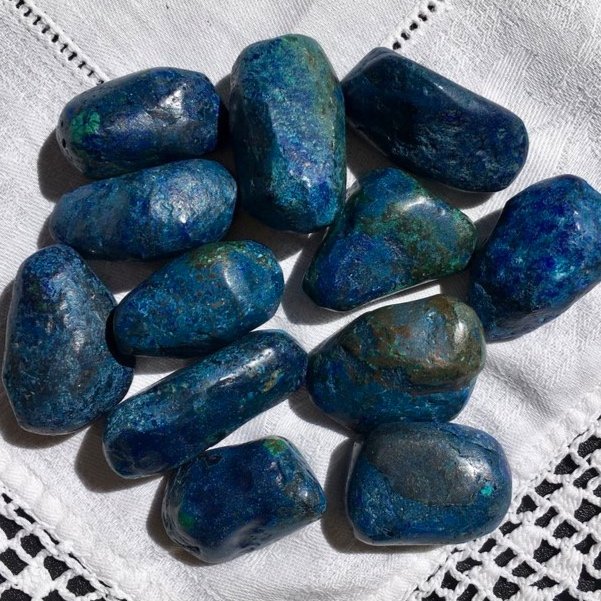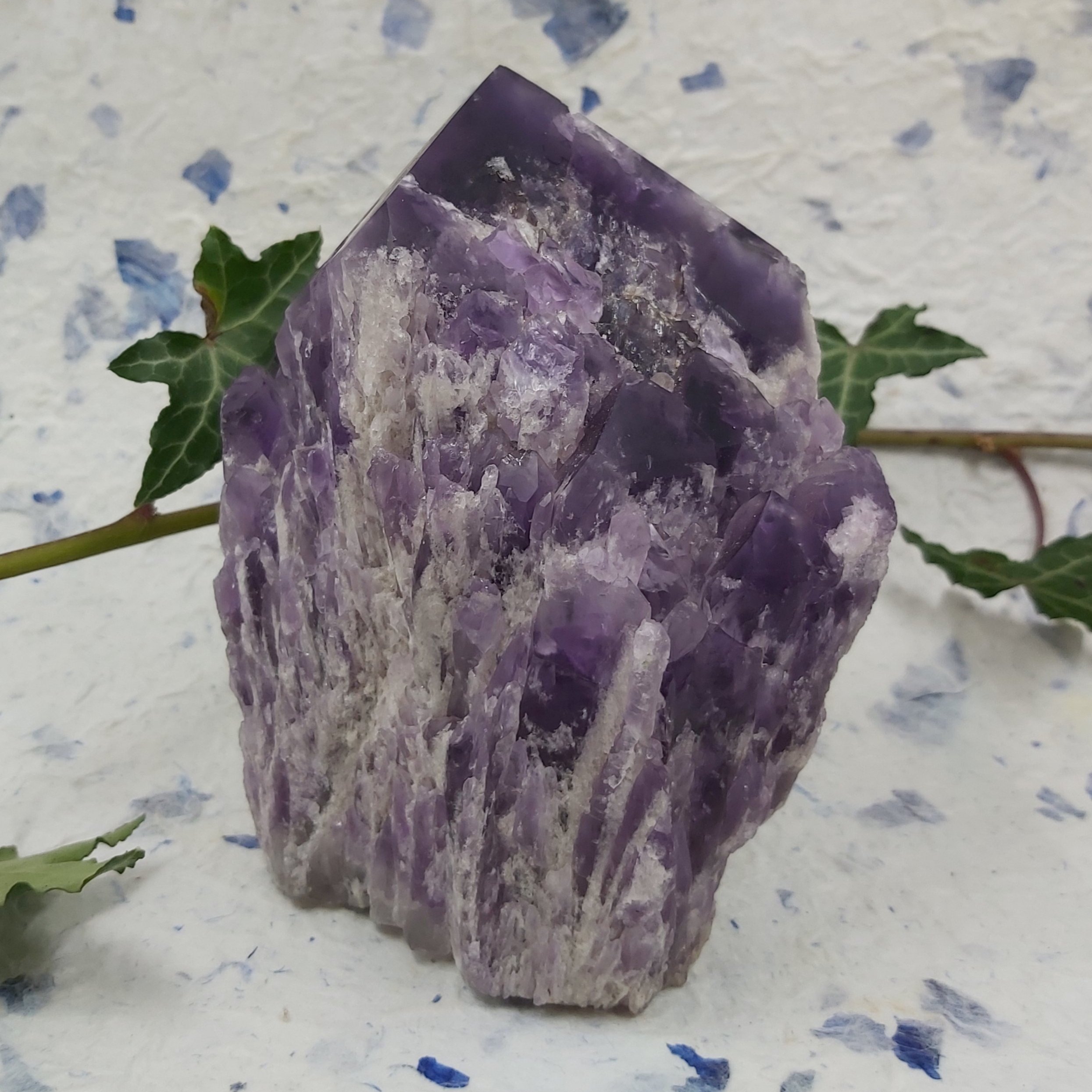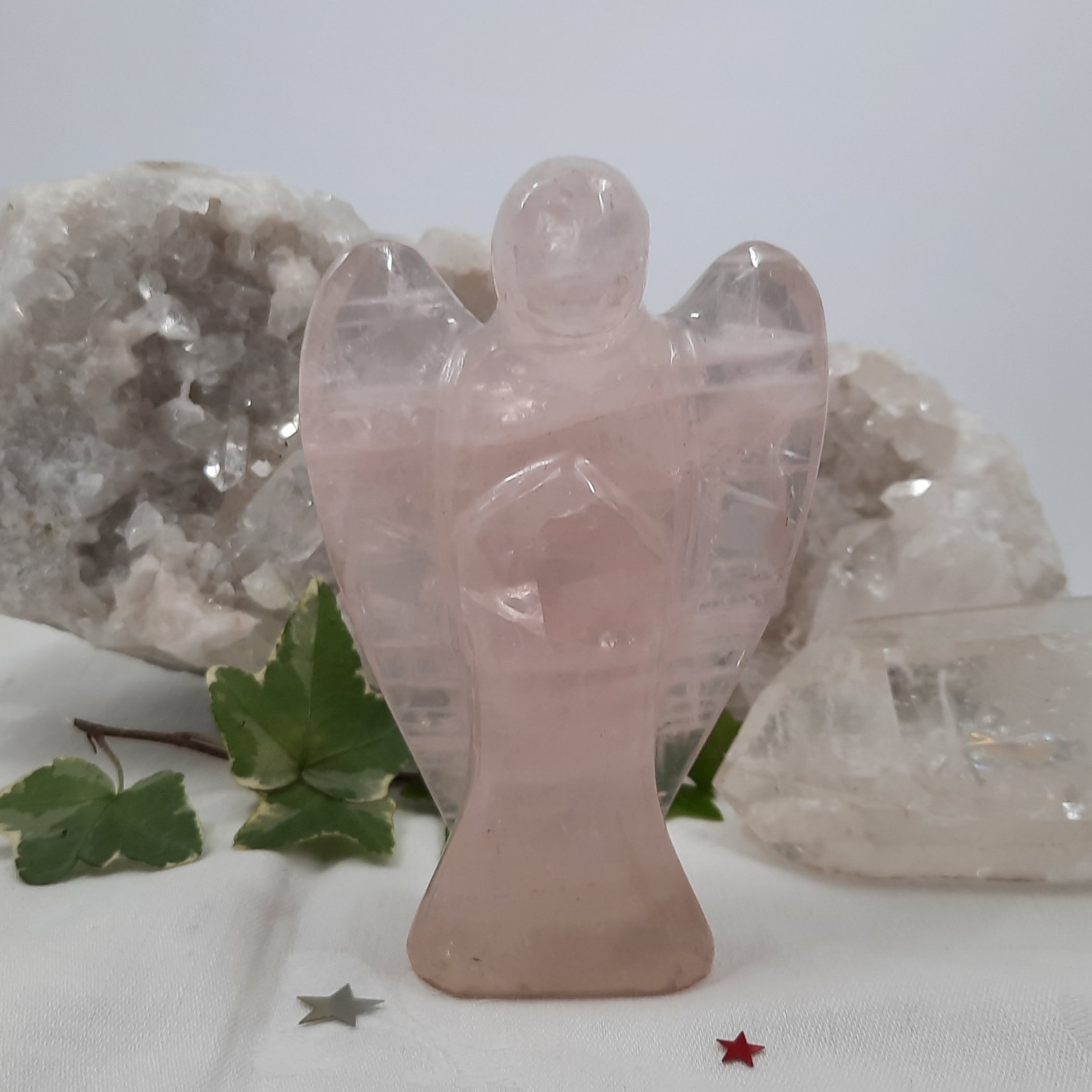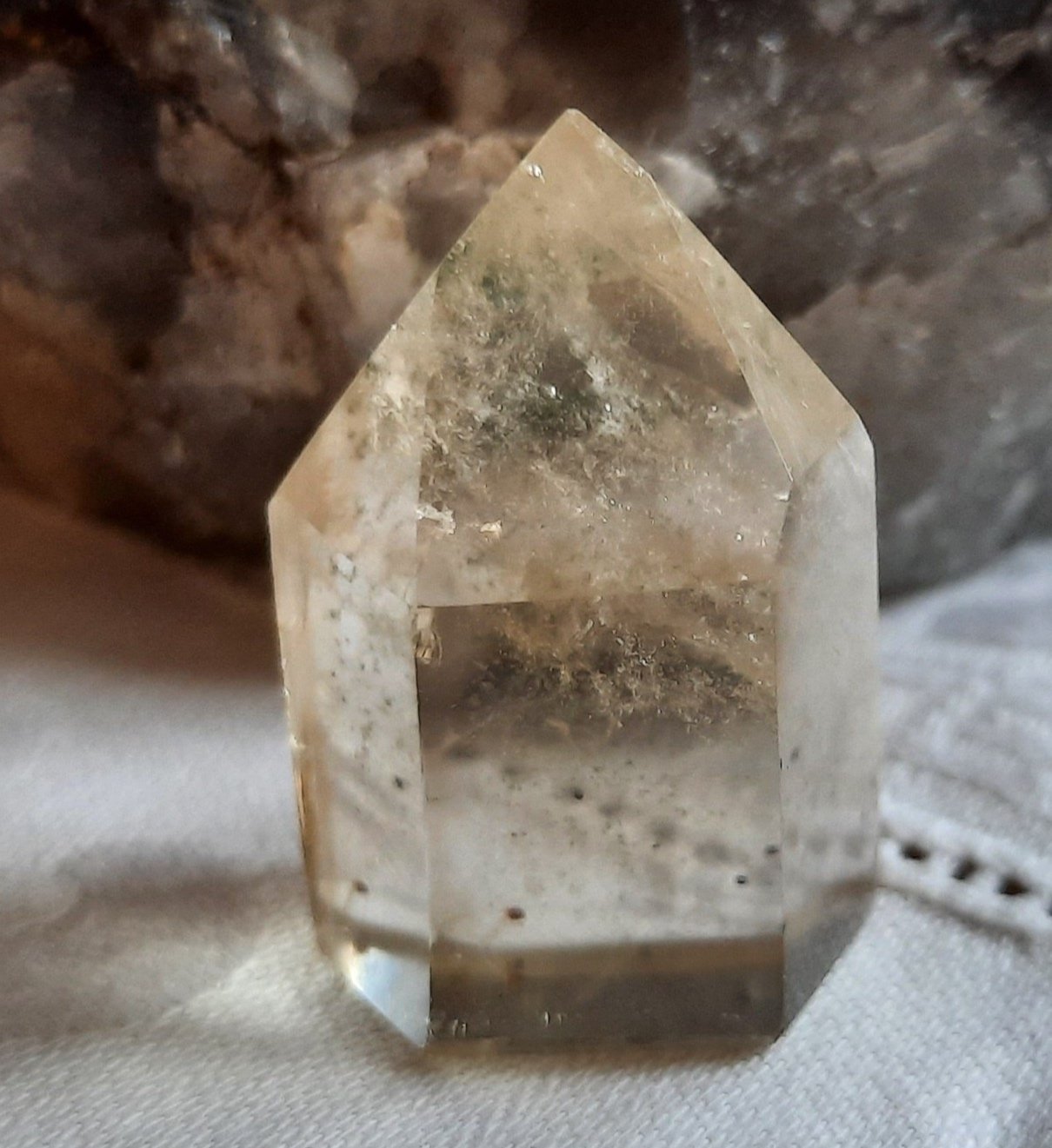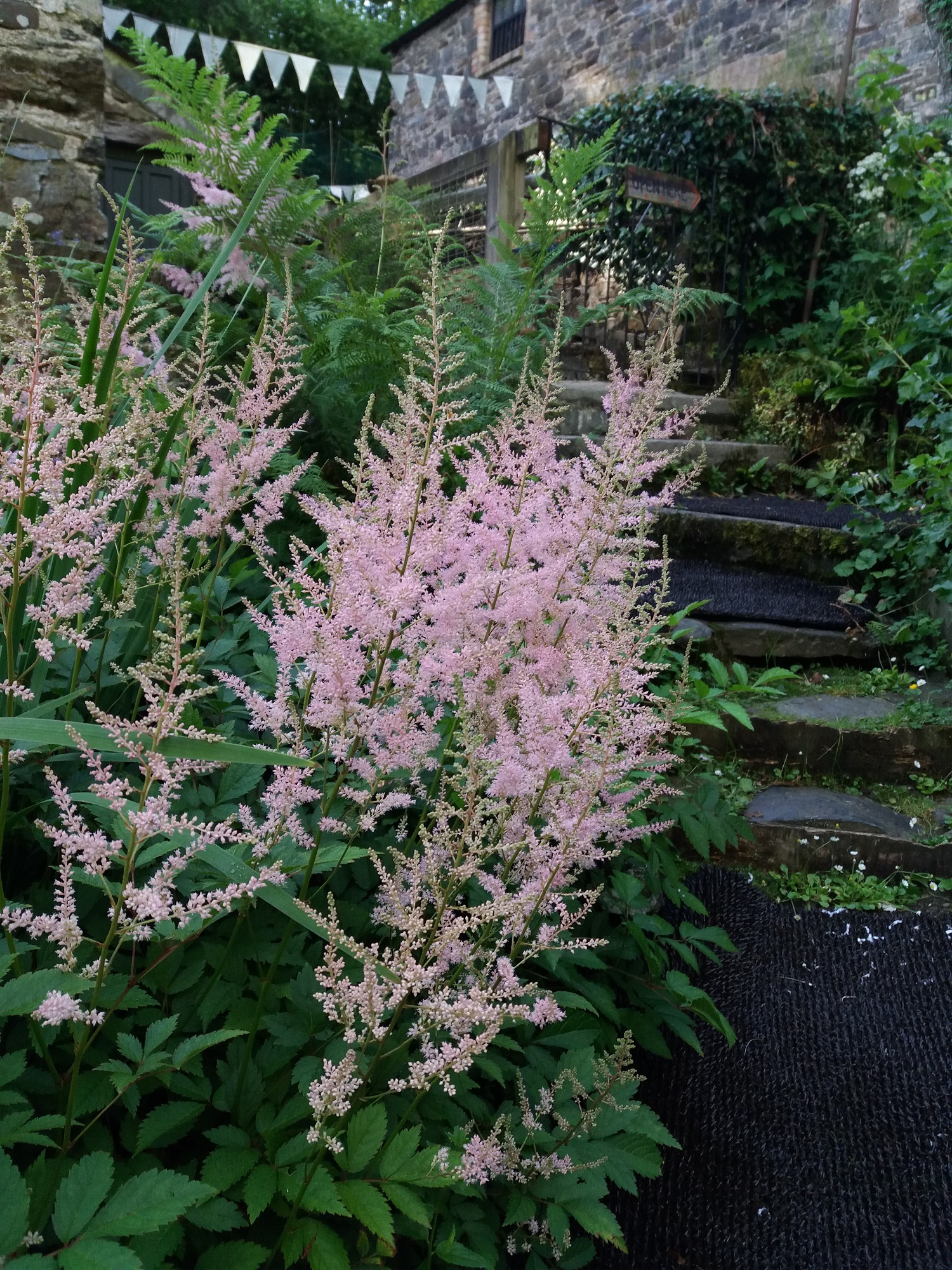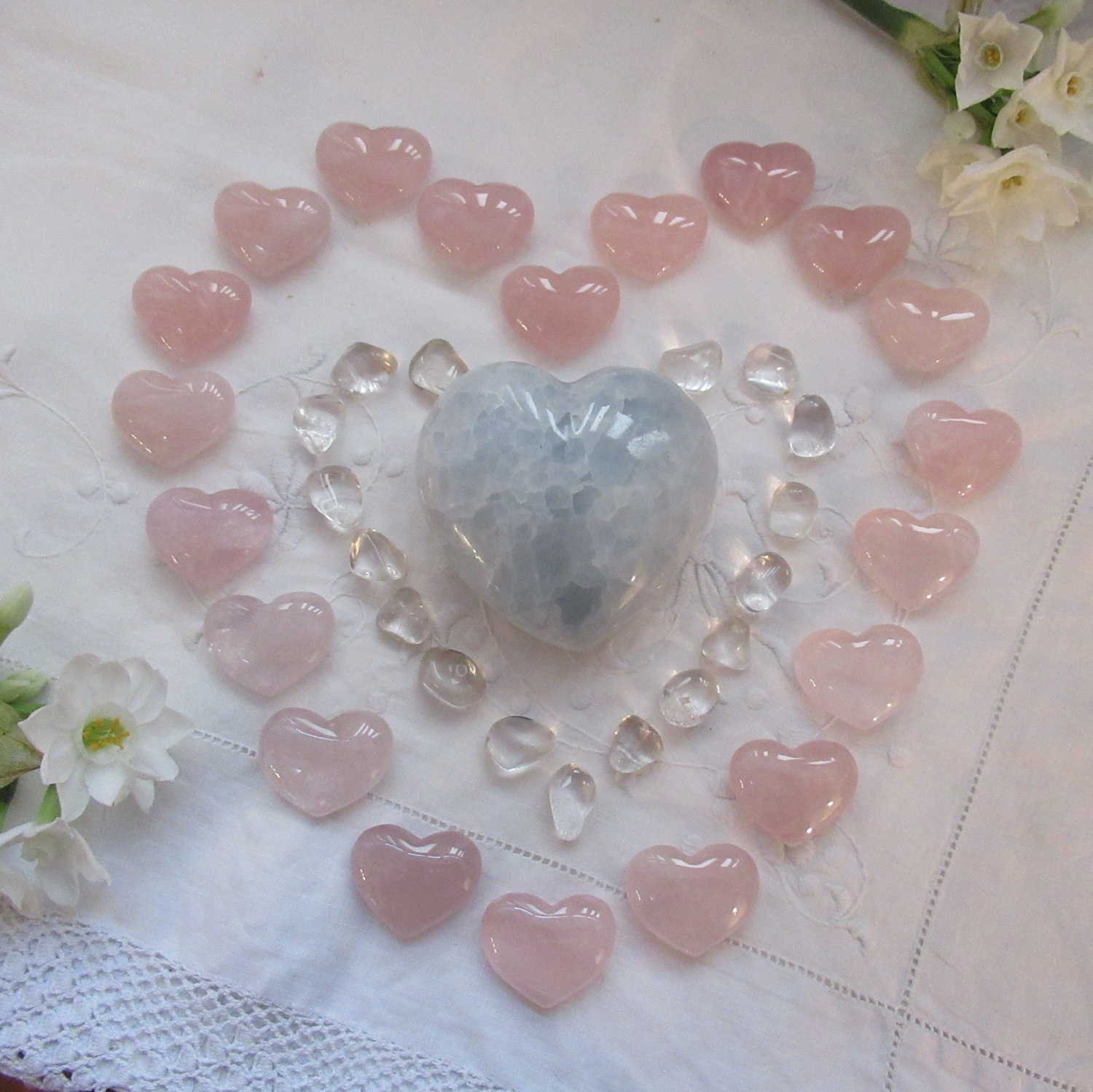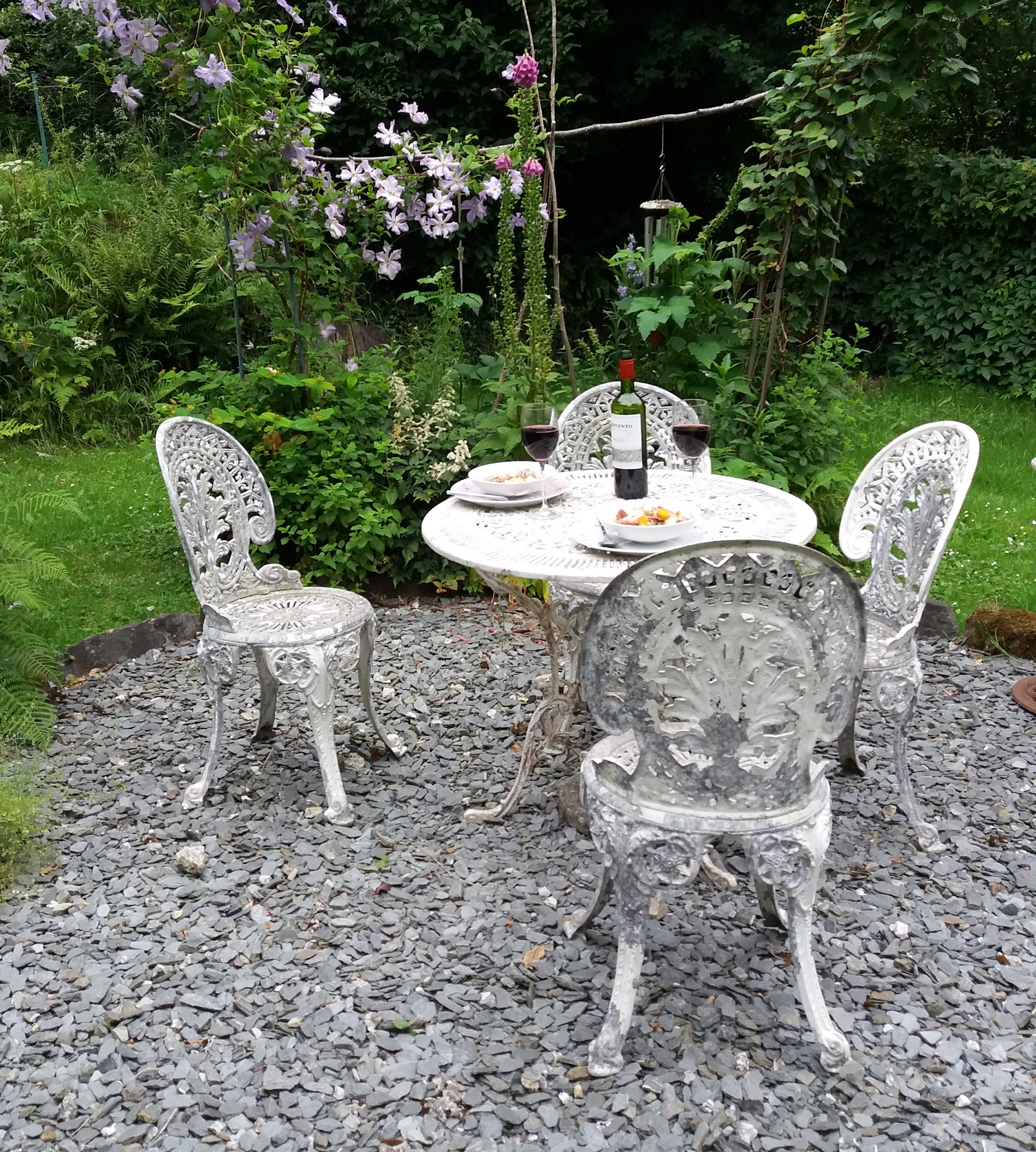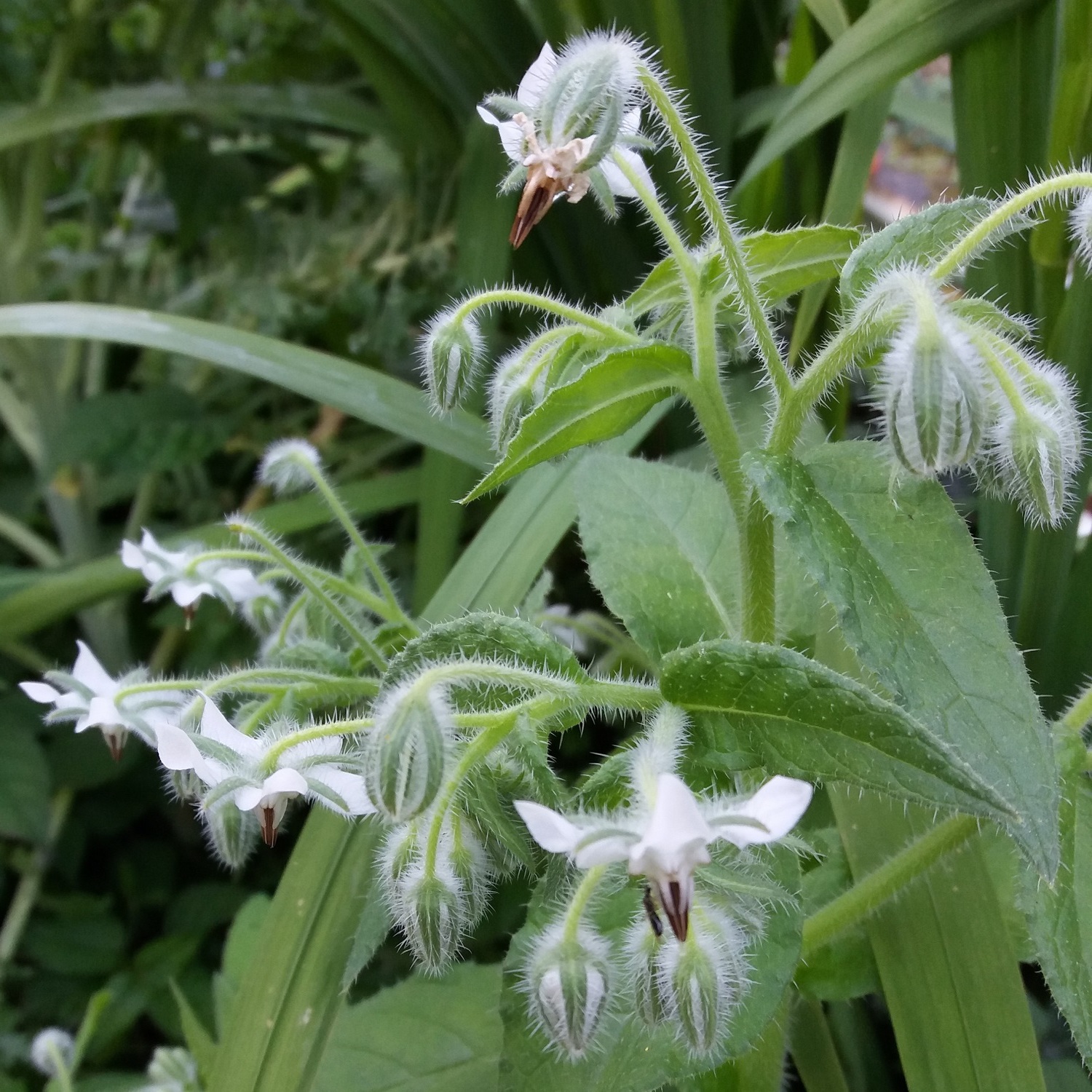I’ve been asked the above question quite a lot recently. It may be because we’ve had some particularly lovely Fluorites lately.
I thought I’d take a moment to explain a bit about colour in crystals.
Some crystals are always the same colour, e.g. Malachite is always green; Azurite is always blue; Peridot is always green; Cinnabar is always reddish. These minerals are called ideochromatic and the colour causing elements which are essential to their chemical structure. Copper is responsible for the green colour in Malachite - Malachite is composed of copper, carbon, oxygen and hydrogen Cu2(CO3)(OH)2. Iron is responsible for the green colour in Peridot - Peridot is composed of magnesium, iron, silicon and oxygen (Mg, Fe)2SiO4.
Some minerals come in different colours, where the colour causing elements are not part of the essential structure but occur in minute quantities called trace elements or “impurities” of light absorbing elements. They are called ‘allochromatic’ and there are many examples.
We usually think of Topaz as gold or blue, but it can also be clear, yellow, orange, grey, purple, blue, black, violet and green.
The mineral Corundum comes in different colours. Red Corundum is Ruby. Sapphires, also Corundum, come in many colours including blue, pink, purple, green, orange, brown, white.
Tourmaline comes in many colours. Black Tourmaline is known as Schorl, red Tourmaline is Rubellite and pink is sometimes included in this, green Tourmaline is Verdelite, blue Tourmaline is Indicolite and brown Tourmaline is Dravite. Some crystals grow with different colours at each end and some, e.g. Watermelon Tourmaline, have a red or pink centre with green overgrowth.
Perhaps the crystal you are most familiar with is Quartz, which occurs in many colours. Clear, colourless Quartz is pure silicon dioxide. Most coloured Quartzes have trace elements within their structure. Purple Quartz is known as Amethyst; pink Quartz is Rose Quartz, Yellow/Golden Quartz is Citrine.
To my knowledge, different colours of Fluorite don’t have specific names. Purple Fluorite is Purple Fluorite; green Fluorite is Green Fluorite.
Fluorite occurs in many colours; all fluorites share the above properties, but each colour emphasises certain characteristics.
Smoky fluorite is particularly good for the cleansing and protective aspects, and, apart from the very rare black variety, is the most grounding of the flourites.
Golden/Yellow fluorite is inspiring and creative, opening our minds to greater possibilities that are aligned with spirit.
Green fluorite is cleansing and healing to emotions and mind, and brings these two aspects into harmony within us.
Blue Fluorite is calm, peaceful and serene. It is good for ordered thinking and prioritising goals.
Purple Fluorite is good for purification of the mind, enhancing spiritual connection and meditation.
It is an excellent transformer of energy and can transmute negative thoughts and attitudes within, as well as external negative energy in our environment.
Lavender Fluorite is peaceful and calming, and connects us with divine inspiration and bliss. White/Clear Fluorite is clearing and cleansing for the aura and aligns us with our spiritual purpose.
Rainbow Fluorite combines all colours and is clearing, cleansing and harmonising on all levels of being, bringing order where there is chaos.
Flower Fluorite is a gentle purple, lavender and cream/white stone. It is soothing and gently supportive, and good in times of stress.
Read more about Fluorite (and some other crystals) here:
If you’d like to find out more about this, here are some links:
Mindat
Gem Society
Gemrock.net
Shared with love xxx

